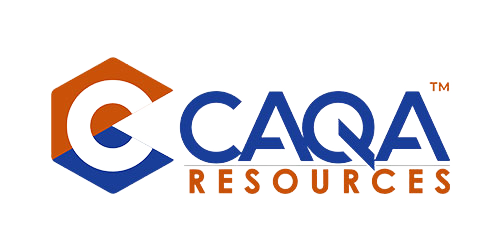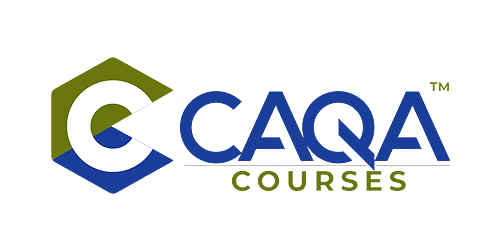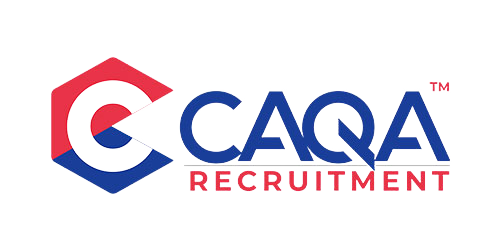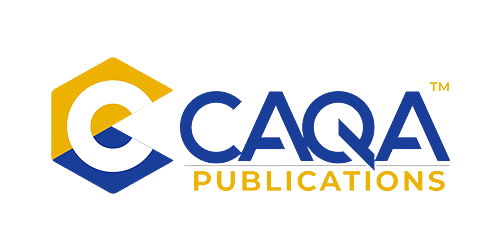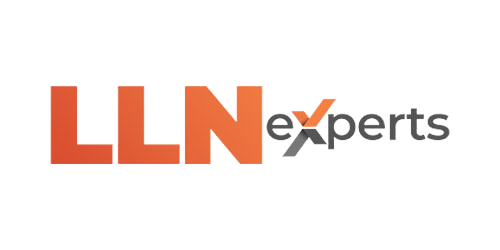Recognition of Prior Learning (RPL) is a vital process in vocational education and training (VET) that assesses an individual’s prior learning—whether formal, informal, or non-formal—to determine if they meet the requirements of a specific unit of competency. This process ensures that individuals can have their existing skills, knowledge, and experience acknowledged, offering a fair pathway to qualification. For Registered Training Organisations (RTOs), implementing a robust RPL process is not only a regulatory requirement but also an opportunity to enhance student outcomes and align their services with industry standards.
RPL forms an integral part of an RTO’s assessment system and must adhere to the principles of fairness, flexibility, validity, and reliability. Regardless of the approach taken, RTOs must ensure their RPL processes meet these benchmarks to uphold the quality and credibility of the qualifications they issue. Effective RPL planning begins with a clear understanding of what the process involves. It requires RTOs to define and communicate the steps of the RPL journey, from the initial application through to the final determination and recording of outcomes. A structured approach helps both students and assessors navigate the process efficiently and ensures compliance with regulatory standards.
Timing is a critical factor when conducting RPL. Ideally, RPL should be initiated during the pre-enrolment stage, as it helps identify the scope of the student’s existing competencies early in the process. This timing ensures that the student is assessed for prior learning before commencing formal training, allowing the RTO to design a tailored learning plan if gaps are identified. Conducting RPL at this stage also minimises unnecessary duplication of training and assessment, saving time and resources for both the student and the provider.
The methods employed in RPL are equally important and should be tailored to the needs of both the student and the unit of competency being assessed. A comprehensive RPL process typically involves several key methods: self-assessment, where the student evaluates their own skills and knowledge against the requirements of the unit; interviews, during which an assessor explores the student’s prior experiences and gathers additional evidence; and skills assessments, which provide practical demonstrations of the student’s competencies. The use of varied methods ensures a holistic and accurate assessment, capturing the breadth and depth of the student’s prior learning.
The significance of RPL extends beyond regulatory compliance. It is an essential mechanism for ensuring fair and accurate skills assessments, which is crucial in maintaining the credibility of vocational qualifications. By accurately assessing a student’s prior learning, RPL helps determine the amount of training required to address any competency gaps, aligning the training plan with current industry standards. This alignment not only benefits the student, who receives a tailored and relevant learning experience, but also enhances the RTO’s reputation as a quality provider that delivers industry-relevant outcomes.
A typical RPL process begins with informing students about their RPL options, including how to apply and what evidence they need to provide. RTOs must offer clear, accessible information to ensure students understand the requirements and can gather evidence that meets the necessary standards. Providing students with guidance on preparing evidence is a critical step, as the quality and comprehensiveness of the evidence presented directly impact the assessment’s outcome. Once evidence is submitted, assessors use appropriate evidence-gathering tools to evaluate whether the student’s skills and knowledge align with the unit’s competency requirements. Following this assessment, the RTO determines whether RPL can be granted, communicates the outcome to the student, and retains all relevant assessment evidence for the required timeframe.
A key challenge highlighted by regulatory activity is that some RTOs grant RPL without sufficient evidence to substantiate the student’s prior learning. This practice undermines the integrity of the qualifications and diminishes the trust placed in the VET sector. To avoid this, RTOs must ensure that the evidence collected demonstrates the student’s competencies with clarity and detail. Evidence must be mapped accurately to the training product’s requirements, reflecting the breadth and depth necessary to meet the unit’s competency standards. This mapping process is crucial in maintaining the credibility of both the unit and the qualification as a whole.
Conducting RPL is a nuanced process that requires careful planning, implementation, and evaluation. By ensuring that RPL processes are fair, flexible, valid, and reliable, RTOs can offer students a valuable opportunity to gain recognition for their prior learning while upholding the integrity of the qualifications they issue. The considerations outlined here provide a foundation for RTOs to refine their RPL practices, ensuring they deliver fair, accurate, and industry-aligned outcomes that benefit both students and the wider vocational education sector.









